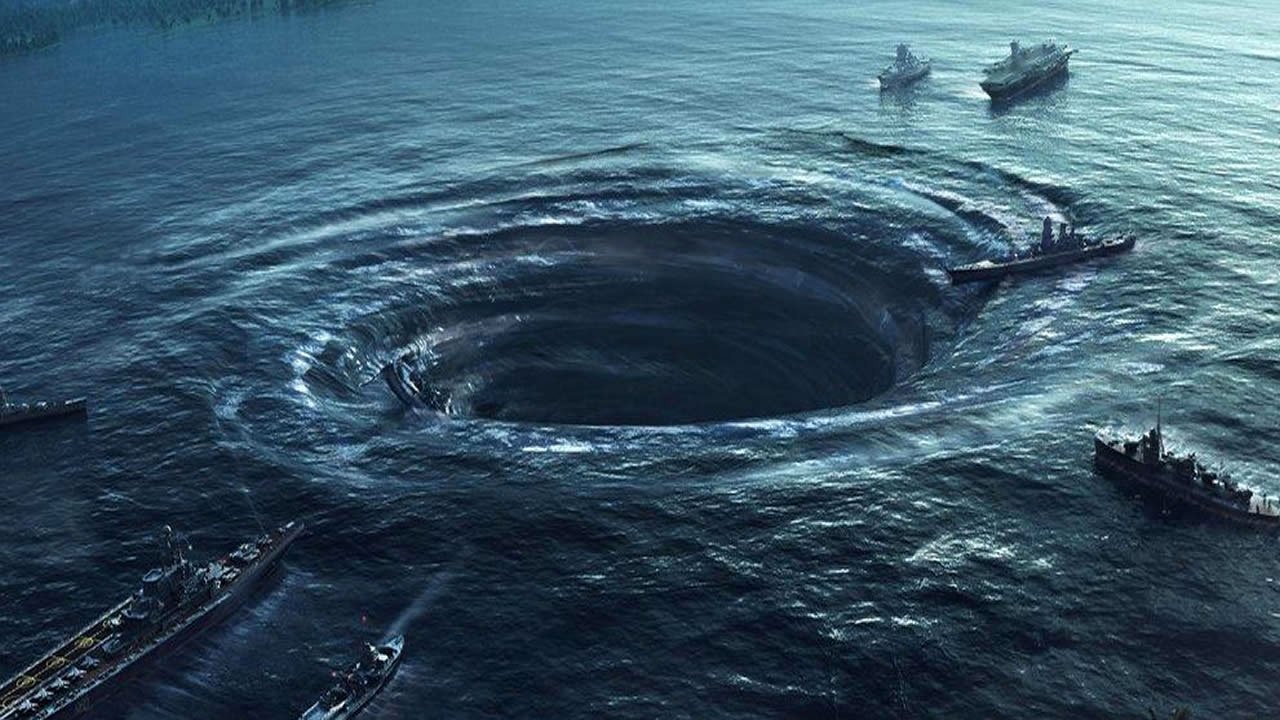
The Bermuda Triangle, a notorious stretch of ocean between Florida, Bermuda, and Puerto Rico, has been a source of intrigue and speculation for decades. Over 50 ships and 20 planes have vanished since the 1940s, sparking theories of supernatural causes. However, recent scientific revelations in August 2025 have shed new light on these disappearances, suggesting that natural oceanic and atmospheric phenomena may be the true culprits.
The Origins of the Bermuda Triangle Myth
The term “Bermuda Triangle” was first coined in a 1964 pulp magazine article by Vincent Gaddis, which sensationalized the region’s reputation for unexplained losses. One of the earliest incidents that contributed to the legend was the 1918 disappearance of the USS Cyclops, which vanished without a trace along with its 306 crew members. These early incidents, devoid of later embellishments, laid the foundation for the myth of the Bermuda Triangle.
Over time, the myth evolved beyond sensationalism, as fact-checking sources traced the historical context of these disappearances. The focus shifted from supernatural explanations to more plausible causes, such as human error and natural disasters.
Key Historical Disappearances
Two incidents in particular have fueled the Bermuda Triangle legend. The first is the 1945 Flight 19 incident, where five U.S. Navy bombers and their 14 crew members disappeared during a training mission off Florida’s coast. The second is the 1967 Witchcraft boat disappearance, which occurred just miles from Miami. Despite immediate search and rescue efforts, no trace of the boat or its occupants was ever found.
Archival reporting on these events reveals patterns of radio failures and compass malfunctions, suggesting that these incidents may have been caused by navigational errors or equipment malfunctions rather than supernatural phenomena.
Early Scientific Skepticism
As early as the 1970s, researchers like Larry Kusche began to challenge the Bermuda Triangle myth. Kusche attributed the disappearances to human error, storms, and the statistical normalcy of accidents in high-traffic waters. This skepticism was echoed in a 2016 assessment by the National Oceanic and Atmospheric Administration (NOAA), which dismissed extraordinary causes for the Triangle’s disappearances, noting that they align with global shipping accident rates.
Fact-checkers have also debunked many of the so-called mysteries of the Bermuda Triangle, revealing that many of the disappearances were misreported or exaggerated. These analyses have helped to shift the narrative away from supernatural explanations and towards more plausible causes.
Methane Gas Eruption Theory
One theory that has gained traction in recent years is the idea that underwater methane hydrates could release massive gas bubbles, reducing water density and causing ships to sink instantly. Geological evidence from the Blake Plateau near the Bermuda Triangle supports this theory, as lab simulations have shown that such eruptions are possible.
Environmental science reporting has also linked seismic activity to potential historical incidents in the Bermuda Triangle, suggesting that these natural phenomena, rather than supernatural forces, could be responsible for the disappearances.
Magnetic and Atmospheric Anomalies
Another theory points to variations in Earth’s magnetic field around the Agonic Line, which could cause compass deviations and disorient pilots and navigators. Rogue waves and hexagonal cloud formations, capable of generating winds over 170 mph, have also been observed via satellite imagery over the region.
Meteorological studies have linked these phenomena to sudden weather shifts, which could cause structural failures in aircraft and ships. These findings suggest that the Bermuda Triangle’s reputation for unexplained disappearances may be due to a combination of navigational errors and extreme weather conditions.
Recent Breakthrough Claims
In August 2025, a scientist claimed to have solved the Bermuda Triangle mystery by analyzing data on ocean currents and electromagnetic interference. This theory suggests that the Bermuda Triangle, or “Devil’s Triangle” as it is sometimes called, is not a supernatural phenomenon but rather a region of amplified natural hazards, such as underwater volcanoes.
However, not all scientists are convinced that the mystery has been fully solved. Some analyses from November 2024 question whether the data is conclusive, emphasizing the need for ongoing data collection and analysis.
Implications for Modern Navigation
Despite the Bermuda Triangle’s notorious reputation, modern navigation technology has significantly reduced the number of incidents in the region. In fact, there have been zero major disappearances reported in the area since 2015. Maritime experts recommend enhanced weather monitoring to mitigate the remaining risks associated with the Bermuda Triangle.
These recent scientific theories and findings have reshaped public understanding of the Bermuda Triangle, moving away from myths of supernatural causes and towards a more nuanced understanding of the natural hazards that can occur in this region of the ocean.
More from MorningOverview